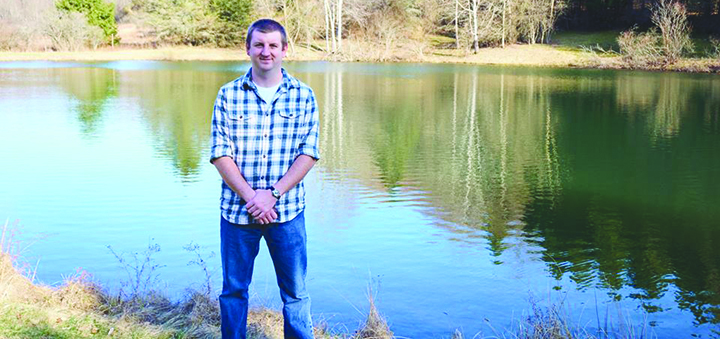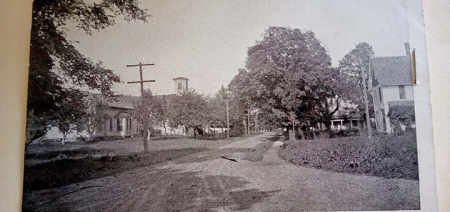Outdoor Chenango: Preparing Your Traps
Published:
September 6th, 2023
By:
Eric Davis
 Eric Davis
Eric Davis
Trapping season will be here before you know it and it is important to have your traps ready to go before you go out in October (or later) to set them. The process of cleaning, dyeing, and waxing traps can seem daunting but can be accomplished if you are prepared for all that it involves.
The first step is to inspect your traps for any problems. This could be mechanical problems such as bent dogs or it could be visual problems like your trap tag missing or having the wrong information on it.
As a reminder, in New York, your trap must have a tag that has either your name and address or your 12-digit NYSDEC ID number (which is on your license). I have gone to the DEC number as I moved during and after college and got tired of removing tags with old addresses and putting new tags on. Fix any traps with problems before you boil them. This makes it so there is minimal handling of the traps once the preparation process has begun. Once each trap is ready, place a nail in the jaws of the trap unless they are rubber-coated jaws.
Fill a large pot about half to two-thirds full of water leaving room in the pot for the water level to rise once traps are put into the pot. I like turkey fryer pots as I use a turkey fryer to heat the pots. I have seen others use small livestock watering tubs, beer kegs that are cut in half, and other various metal containers along this line.
They are often used over a wood fire and are placed on stacked stone/brick or on metal stands. Add a degreaser to the water. Toilet cleaner is commonly used. This helps strip any old wax off from the traps or factory grease from new traps. Get the water to a boil and add traps to the pot. I wire traps into small groups of 4-6 traps and use the turkey fryer hook to place the bundle of traps into the water. Let the traps sit in the water for about half an hour before removing them from the water. Upon removing the traps, I hit them with a garden hose on the jet setting. This is because as the wax melts off the trap when heated, it will float on top of the water, so when you pull the traps out of the water, a thin layer of old wax will get on the traps. Repeat this process until you have boiled all your traps, adding water and cleaner as needed. I hang the traps on nails driven into a pallet that is stood up and leaned against a tree or post. This lets the traps drip dry and start to get a coat of surface rust.
After at least a week, fill your pot again with water and whatever dye you want to use. Logwood powder dye is easy to work with but other trappers use sumac fruit or black walnut hulls. Add your bundle of traps and follow the directions for how long to leave them in the dye before removing them. Repeat until all your traps have been dyed, adding water and dye when needed. Be prepared to wax your traps the same day or the next day. Some trappers like to add a couple pounds of wax to the dye water so that as they remove their traps, they get coated with wax.
I keep a separate pot that is solely used for waxing traps. Heat the pot with wax in it until all the wax is melted and it looks like the oil in a deep fryer. Make sure your traps are dry and don’t have a lot of water on them as the water will cause the hot wax to pop and gurgle like hot grease or oil. Slowly lower a bundle of traps into the wax. You will see a thick layer of wax build on each trap as the wax hardens onto the cooler surface of the trap. After a few minutes, you will notice the layer of wax deteriorates as the trap heats up to the same temperature of the wax. Once this has occurred, remove the traps and hang them to dry, preferably out of direct sunlight.
Once all the traps have been waxed and are dry, remove them from their bundle, scrape the excess wax off the dog and pan latch, remove the nail from between the jaws, set the trap and test fire it. Make sure it fires as a reasonable pan level and under the right amount of pressure on the pan. If the trap passes this, add a cable stake (if you use cable stakes) and place it into a plastic tote.
Remember, do NOT wax conibear or body-gripping traps. This makes them fire easier and can cause you a lot of pain if they accidentally fire when you are setting the trap.
Author: Eric Davis - More From This Author
Comments










